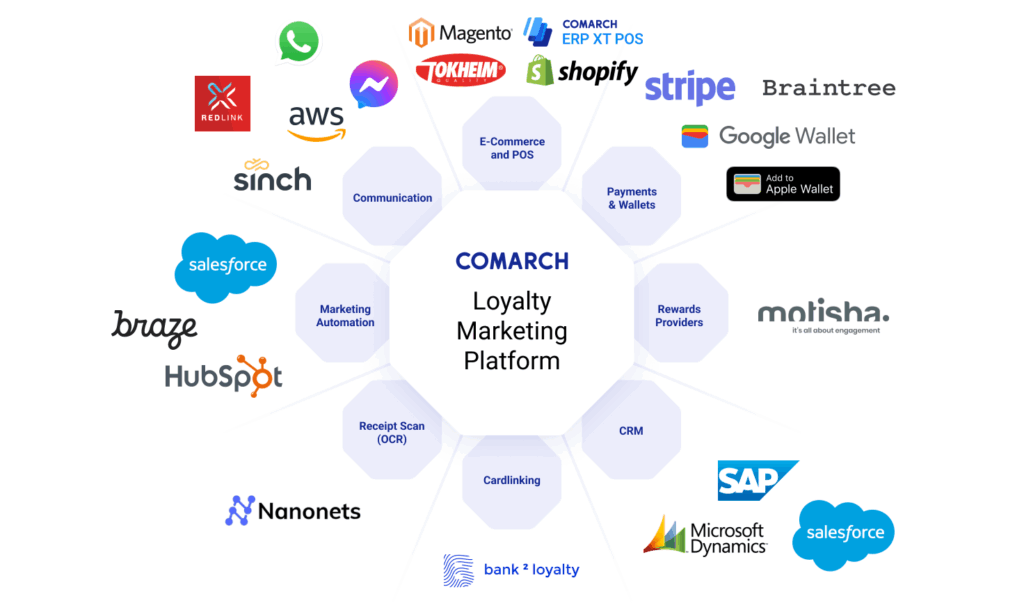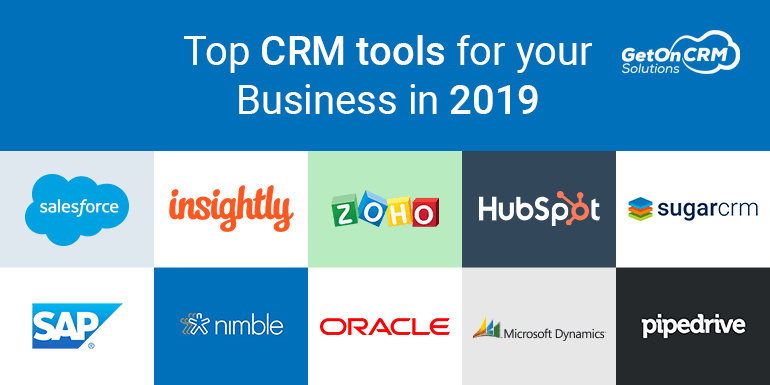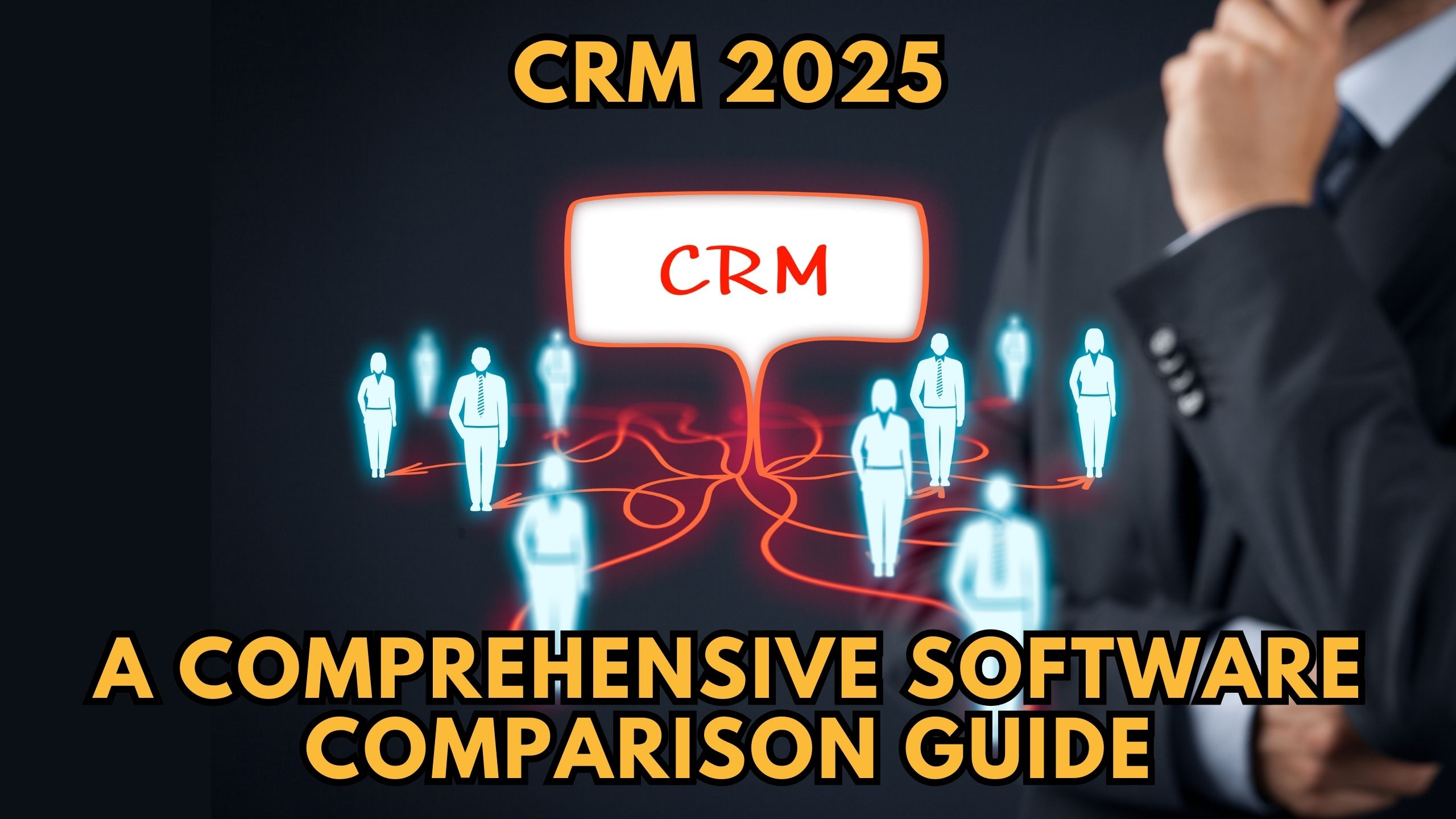
Introduction: The Power of Customer Relationships
In the bustling marketplace of today, where choices abound and competition is fierce, building strong customer relationships isn’t just a good idea; it’s a necessity. Customers are no longer simply looking for products or services; they’re seeking experiences, connections, and a sense of belonging. This is where the dynamic duo of CRM marketing and loyalty programs steps in, offering businesses a powerful toolkit to cultivate lasting customer bonds and drive sustainable growth. This article will delve into the intricacies of CRM marketing and loyalty programs, exploring their synergistic relationship, practical applications, and the transformative impact they can have on your business.
Understanding CRM Marketing: The Heart of Customer Engagement
CRM, or Customer Relationship Management, is more than just a software; it’s a philosophy centered on understanding and nurturing customer relationships. CRM marketing leverages this philosophy to create targeted, personalized, and engaging experiences that resonate with individual customers. It’s about moving beyond generic marketing campaigns and embracing a customer-centric approach that prioritizes their needs, preferences, and behaviors.
Core Components of CRM Marketing
- Data Collection and Management: At the heart of CRM marketing lies the ability to gather, organize, and analyze customer data. This includes everything from basic contact information to purchase history, website activity, and social media interactions. This comprehensive data set forms the foundation for understanding your customers and tailoring your marketing efforts.
- Segmentation: Once you’ve collected your data, the next step is to segment your customer base. This involves grouping customers based on shared characteristics, such as demographics, purchase behavior, or engagement levels. Segmentation allows you to create more targeted and relevant marketing messages.
- Personalization: Personalization is about delivering tailored experiences that resonate with individual customers. This can include personalized email campaigns, product recommendations, and website content. Personalization makes customers feel valued and understood, leading to increased engagement and loyalty.
- Automation: CRM marketing often involves automation, which streamlines marketing processes and frees up your team to focus on more strategic initiatives. Automation can be used for tasks such as email marketing, lead nurturing, and social media posting.
- Analytics and Reporting: Data analysis is crucial for measuring the effectiveness of your CRM marketing efforts. By tracking key metrics such as customer acquisition cost, customer lifetime value, and conversion rates, you can gain valuable insights into what’s working and what’s not, allowing you to optimize your campaigns and improve your ROI.
Benefits of CRM Marketing
Implementing a robust CRM marketing strategy can yield a multitude of benefits for your business, including:
- Improved Customer Retention: By understanding your customers’ needs and preferences, you can create experiences that keep them coming back for more.
- Increased Customer Lifetime Value: Loyal customers spend more over time, contributing significantly to your bottom line.
- Enhanced Customer Satisfaction: Personalized and relevant experiences lead to happier customers.
- More Efficient Marketing Campaigns: Targeted campaigns are more likely to succeed, reducing wasted marketing spend.
- Better Sales Performance: CRM marketing helps sales teams identify and nurture leads, leading to increased sales conversions.
- Data-Driven Decision Making: CRM provides the data and insights you need to make informed decisions about your marketing and business strategies.
Loyalty Programs: Rewarding and Retaining Customers
Loyalty programs are a time-tested strategy for rewarding and retaining customers. They provide incentives for repeat purchases and encourage customers to engage with your brand. When designed and implemented effectively, loyalty programs can be a powerful tool for building customer loyalty, increasing sales, and driving brand advocacy.
Types of Loyalty Programs
- Points-Based Programs: Customers earn points for purchases, which can be redeemed for rewards such as discounts, free products, or exclusive experiences.
- Tiered Programs: Customers are assigned to different tiers based on their spending or engagement levels. Each tier offers a different set of benefits and rewards.
- Paid Programs: Customers pay a fee to join the program and receive exclusive benefits, such as free shipping, early access to sales, or personalized services.
- Hybrid Programs: These programs combine elements of different loyalty program types to create a more comprehensive and engaging experience.
- Gamified Programs: These programs incorporate game mechanics, such as challenges, badges, and leaderboards, to make the loyalty experience more fun and engaging.
Key Elements of a Successful Loyalty Program
- Clear and Simple Rules: The program’s rules should be easy to understand and follow.
- Attractive Rewards: The rewards should be valuable and relevant to your target audience.
- Easy Enrollment: The enrollment process should be quick and straightforward.
- Seamless Integration: The program should be integrated with your existing CRM and marketing systems.
- Personalization: Personalize the program to make customers feel valued.
- Regular Communication: Keep customers informed about their points, rewards, and program updates.
- Data Analysis: Track and analyze the program’s performance to identify areas for improvement.
Benefits of Loyalty Programs
Well-designed loyalty programs offer numerous benefits, including:
- Increased Customer Retention: Loyalty programs incentivize customers to return to your business.
- Higher Customer Lifetime Value: Loyal customers spend more over time.
- Improved Customer Satisfaction: Rewards and exclusive benefits enhance the customer experience.
- Brand Advocacy: Loyal customers are more likely to recommend your brand to others.
- Valuable Customer Data: Loyalty programs provide valuable data on customer behavior and preferences.
- Competitive Advantage: A strong loyalty program can differentiate your brand from the competition.
The Synergy Between CRM Marketing and Loyalty Programs
CRM marketing and loyalty programs are not mutually exclusive; in fact, they work best when used together. CRM provides the data and insights needed to create personalized and engaging loyalty programs, while loyalty programs provide a platform for collecting valuable customer data and driving customer engagement. The integration of these two strategies creates a powerful engine for building customer loyalty and driving business growth.
How CRM Enhances Loyalty Programs
- Personalized Rewards: CRM data allows you to tailor rewards to individual customer preferences and purchase history.
- Targeted Communication: CRM enables you to send personalized emails and messages to loyalty program members, promoting relevant offers and rewards.
- Segmented Campaigns: CRM allows you to segment your loyalty program members based on their behavior and preferences, allowing you to create more targeted and effective campaigns.
- Automated Triggered Actions: CRM can automate actions, such as sending a birthday reward or notifying a customer when they’re close to earning a new reward.
- Enhanced Customer Insights: CRM provides valuable insights into customer behavior, allowing you to optimize your loyalty program and improve its effectiveness.
How Loyalty Programs Enhance CRM Marketing
- Data Collection: Loyalty programs provide a platform for collecting valuable customer data, such as purchase history, preferences, and demographics.
- Increased Customer Engagement: Loyalty programs encourage customers to interact with your brand, providing valuable data and insights.
- Improved Data Quality: Loyalty programs can help you improve the accuracy and completeness of your customer data.
- Customer Segmentation: Loyalty program participation can be used as a segmentation variable, allowing you to create more targeted and effective marketing campaigns.
- Brand Advocacy: Loyalty program members are more likely to become brand advocates, promoting your brand to others.
Implementing a Successful CRM Marketing and Loyalty Program Strategy
Implementing a successful CRM marketing and loyalty program strategy requires careful planning, execution, and ongoing optimization. Here’s a step-by-step guide to help you get started:
Step 1: Define Your Goals and Objectives
Before you begin, it’s crucial to define your goals and objectives. What do you hope to achieve with your CRM marketing and loyalty program? Are you looking to increase customer retention, drive sales, or improve customer satisfaction? Defining your goals will help you make informed decisions about your strategy and measure its success.
Step 2: Choose the Right CRM and Loyalty Program Platforms
There are numerous CRM and loyalty program platforms available, each with its own features and functionalities. Research different platforms and choose the ones that best meet your needs. Consider factors such as ease of use, integration capabilities, and cost.
Step 3: Collect and Organize Customer Data
Begin collecting customer data from various sources, such as your website, point-of-sale system, and social media channels. Organize this data in your CRM system, ensuring it is accurate, up-to-date, and easily accessible.
Step 4: Segment Your Customer Base
Segment your customer base based on shared characteristics, such as demographics, purchase behavior, or engagement levels. This will allow you to create more targeted and effective marketing campaigns.
Step 5: Design Your Loyalty Program
Choose the type of loyalty program that best suits your business and target audience. Consider factors such as the rewards you will offer, the enrollment process, and the program’s rules.
Step 6: Personalize Your Marketing Campaigns
Use CRM data to personalize your marketing campaigns. Send personalized emails, product recommendations, and website content to make customers feel valued and understood.
Step 7: Automate Your Marketing Processes
Automate tasks such as email marketing, lead nurturing, and social media posting to streamline your marketing efforts and free up your team to focus on more strategic initiatives.
Step 8: Integrate Your CRM and Loyalty Program
Ensure that your CRM and loyalty program are seamlessly integrated. This will allow you to share data between the two systems and create a more unified customer experience.
Step 9: Measure and Analyze Your Results
Track and analyze key metrics such as customer acquisition cost, customer lifetime value, and conversion rates. This will help you gain valuable insights into the effectiveness of your CRM marketing and loyalty program strategy.
Step 10: Optimize and Iterate
Continuously optimize your CRM marketing and loyalty program strategy based on your results. Make adjustments as needed to improve your performance and achieve your goals.
Real-World Examples of Successful CRM Marketing and Loyalty Programs
Let’s explore some real-world examples of businesses that have successfully implemented CRM marketing and loyalty programs:
Starbucks Rewards
Starbucks has a highly successful loyalty program that leverages CRM data to personalize the customer experience. Customers earn stars for purchases, which can be redeemed for free drinks, food, and merchandise. The program is integrated with the Starbucks mobile app, allowing customers to order and pay ahead, track their rewards, and receive personalized offers.
Sephora Beauty Insider
Sephora’s Beauty Insider program offers a tiered system of rewards based on customer spending. Members earn points for purchases, which can be redeemed for a variety of rewards, including free samples, exclusive products, and early access to sales. The program is integrated with Sephora’s CRM system, allowing the company to personalize offers and recommendations based on customer purchase history and preferences.
Amazon Prime
Amazon Prime is a paid loyalty program that offers a wide range of benefits, including free shipping, exclusive deals, and access to streaming content. The program is highly successful, driving customer loyalty and increasing sales for Amazon. Amazon uses CRM data to personalize the Prime experience, offering recommendations based on customer browsing and purchase history.
Nike Membership
Nike’s membership program provides access to exclusive products, personalized training programs, and early access to sales. The program is integrated with Nike’s website and mobile app, allowing customers to track their progress, connect with other members, and receive personalized recommendations. Nike leverages CRM data to understand customer behavior and tailor the membership experience.
Challenges and Considerations
While CRM marketing and loyalty programs offer significant benefits, there are also challenges and considerations to keep in mind:
- Data Privacy and Security: Protecting customer data is paramount. Ensure you comply with all relevant data privacy regulations and implement robust security measures.
- Data Accuracy: The accuracy of your customer data is essential. Implement processes to ensure your data is clean, up-to-date, and reliable.
- Integration Challenges: Integrating your CRM and loyalty program systems can be complex. Plan carefully and seek expert assistance if needed.
- Program Management: Managing a loyalty program requires ongoing effort. Dedicate resources to monitor performance, make adjustments, and communicate with your members.
- Customer Expectations: Customers have high expectations for personalized experiences. Be prepared to meet these expectations by providing relevant and valuable offers.
- Measuring ROI: Accurately measuring the ROI of your CRM marketing and loyalty program efforts can be challenging. Implement robust analytics to track key metrics.
Future Trends in CRM Marketing and Loyalty Programs
The landscape of CRM marketing and loyalty programs is constantly evolving. Here are some future trends to watch:
- AI-Powered Personalization: Artificial intelligence (AI) is playing an increasingly important role in personalization. AI can analyze vast amounts of customer data to identify patterns and predict customer behavior, allowing businesses to deliver even more personalized experiences.
- Hyper-Personalization: Hyper-personalization takes personalization to the next level, tailoring experiences to individual customers in real-time. This involves using data from multiple sources, including website activity, social media interactions, and location data.
- Gamification: Gamification is being used to make loyalty programs more engaging and rewarding. Incorporating game mechanics, such as challenges, badges, and leaderboards, can motivate customers to interact with your brand and earn rewards.
- Mobile-First Experiences: Mobile devices are becoming increasingly important for customer engagement. Businesses are focusing on creating mobile-first experiences that are seamless and intuitive.
- Data Privacy and Transparency: Customers are becoming more concerned about data privacy and security. Businesses are prioritizing transparency and providing customers with greater control over their data.
- Integration of Social Media: Social media is playing an increasingly important role in CRM marketing and loyalty programs. Businesses are integrating social media platforms to collect customer data, engage with customers, and promote their loyalty programs.
- Focus on Experiential Rewards: Customers are increasingly seeking experiential rewards, such as exclusive events, personalized services, and access to unique experiences.
Conclusion: Building Lasting Customer Relationships
CRM marketing and loyalty programs are essential tools for building lasting customer relationships and driving sustainable business growth. By understanding your customers, personalizing their experiences, and rewarding their loyalty, you can create a loyal customer base that will drive your business forward. The key is to embrace a customer-centric approach, leveraging data, technology, and creativity to deliver experiences that resonate with your target audience. As the market evolves, continuous adaptation, innovation, and a commitment to customer satisfaction will remain the cornerstones of success in the realm of CRM marketing and loyalty programs. By staying informed about industry trends and embracing emerging technologies, businesses can position themselves for long-term success in the ever-changing landscape of customer engagement. The future of marketing lies in building genuine, meaningful relationships with customers, and CRM marketing and loyalty programs are the keys to unlocking this potential.

